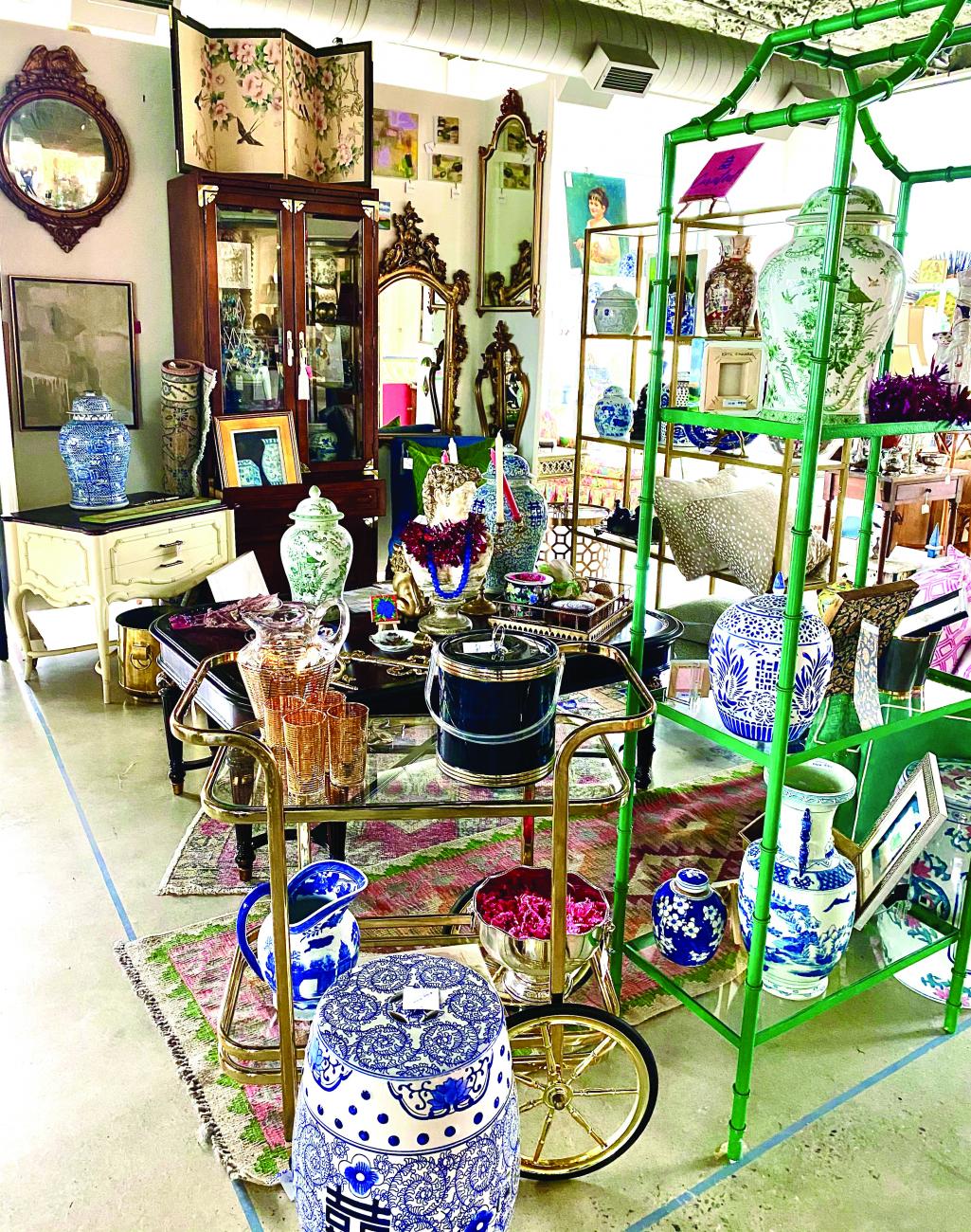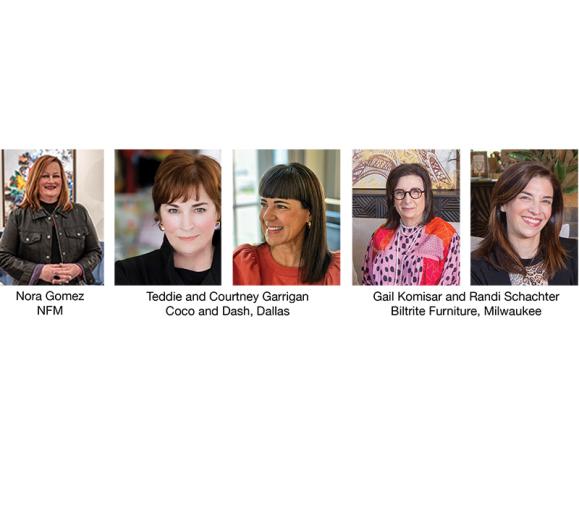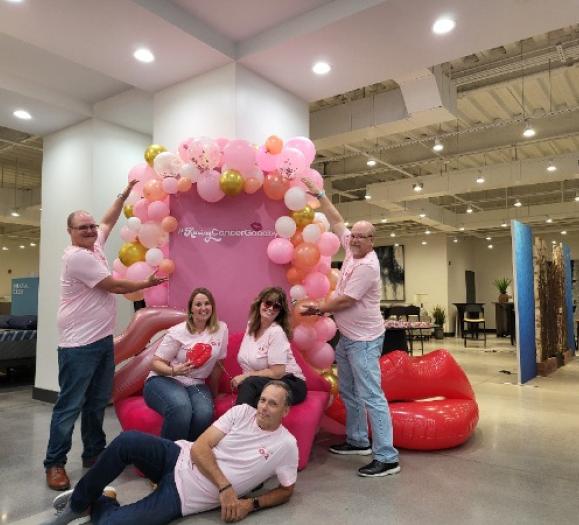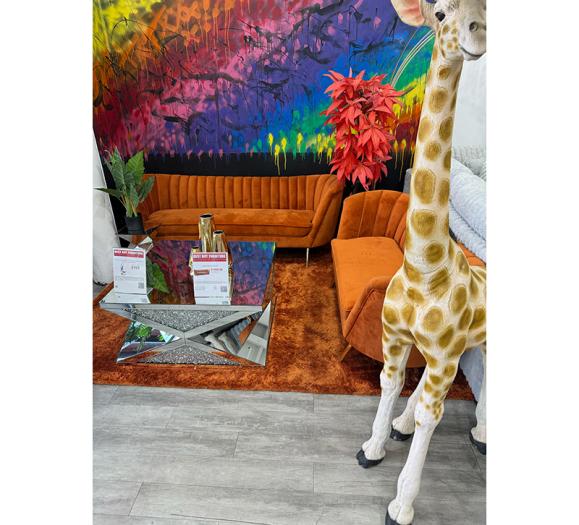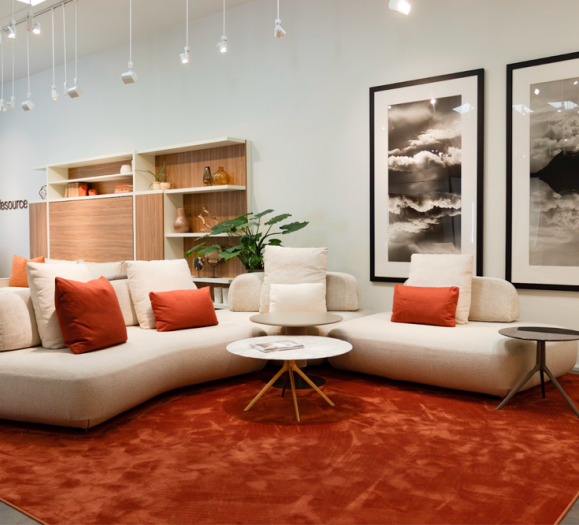In the heart of Raleigh, NC, there’s an iconic Mid-Century building that was once a drive-through cleaners. That was transformed into a home furnishings and gift retailer several years ago after Form & Function Proprietor and Interior Designer Carole Marcotte purchased the property and refreshed it as a home decor shop focused on vintage design. Earlier this year, this Raleigh retail space underwent a transformation once again, designed to showcase different aesthetics and an expanded product selection as Marcotte added a curated collective of local vendors to the mix.
Marcotte’s philosophy in both her retail and design businesses revolves around layering in the “old stuff with the new stuff,” she says. In her design business, she repurposes personal and sentimental items in a home, presented in a way that helps her clients appreciate them again.
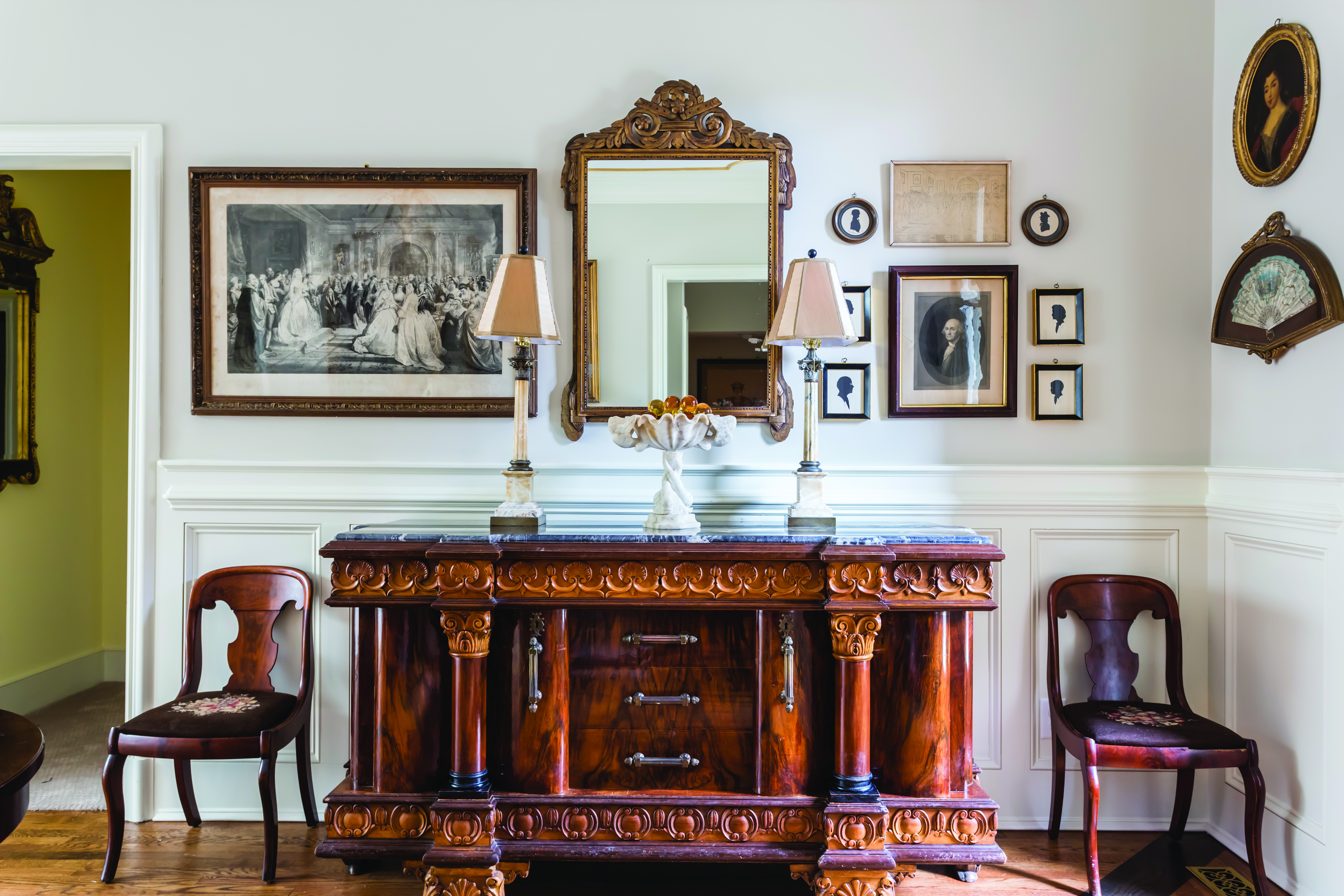
With her new retail business model, she’s expanded on her Form & Function foundation with the addition of seven new design/vintage suppliers to round out the store’s appeal. The Shops at 1700, with its new local collective vibe, sells vintage furnishings, design treasures and funky finds. In addition to Form & Function, vendors include Rail & Stile, Curated & Company, South of Houston, The Artful Dodger, Sea Change Home and Sandy Galloway. “I hand-picked everyone in the shop to stay consistent in the look and quality we’re offering,” Marcotte says.
Getting the Word Out
So far, Marcotte’s shift in her retail approach has brought in additional customers and delighted current customers that appreciate the broader range of product. And while the seven additional companies sharing floor space with Marcotte could have had the potential to create a “booth” floor plan, they have worked to maintain a “seamless flow” from one space to the next to keep the merchandising exciting.
The other vendors vary in product and design style, offering a mix of vintage and newer products. She has a company that refinishes lacquer furniture and an original artist in the shop now, for example. All of the vendors in The Shops at 1700 are able to promote their design services along with their products through exposure cards and signage. “We’re really encouraging them to take advantage of the brick-and-mortar experience to make sure they brand themselves as well,” she continues.
To help entice customers into the newly repurposed retail showroom and understand the new format, Marcotte has been aggressive in her marketing efforts, including sharing the changes in the company’s newsletters, large-scale social media advertising and paid advertising in magazines. “We’ve also sent snail-mail postcards to targeted zip codes,” she says. “Snail mail in the form of a postcard is still a valuable tool.” The marketing efforts have paid off, with increased traffic and sales in the shop in January and February, which are typically quieter months, she adds.
Design Influence
For Marcotte, the change to her retail establishment has done more than just expand her showroom’s bottom line. It has freed up her time to travel and source products for Form & Function, participate in volunteer efforts and focus on her interior design business.
She also uses the store as a laboratory for creativity. “I’m handling all these different elements and then layering in everything we collect,” she says. “I get creatively inspired when I work on the store floor. It gets my design brain fired up.”
As with the layering of old and new at The Shops at 1700, Marcotte takes that layering approach in her interior design business as well. After putting a client’s space together, Marcotte has a “redesign day” where she re-incorporates items her clients have had, even those that have been stored away.
“We help our clients see their things in a new light,” she says. “When they come home, it’s not a showroom, it’s their home. It’s very personal what I do, and it’s the most gratifying work I do as a designer and retailer because people appreciate it so much.”



